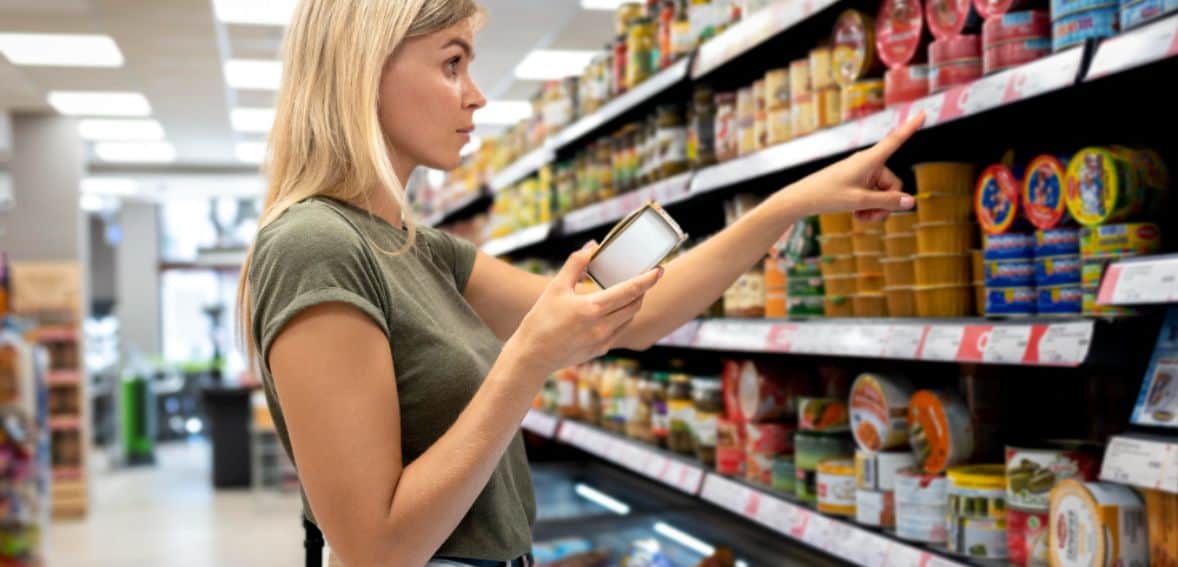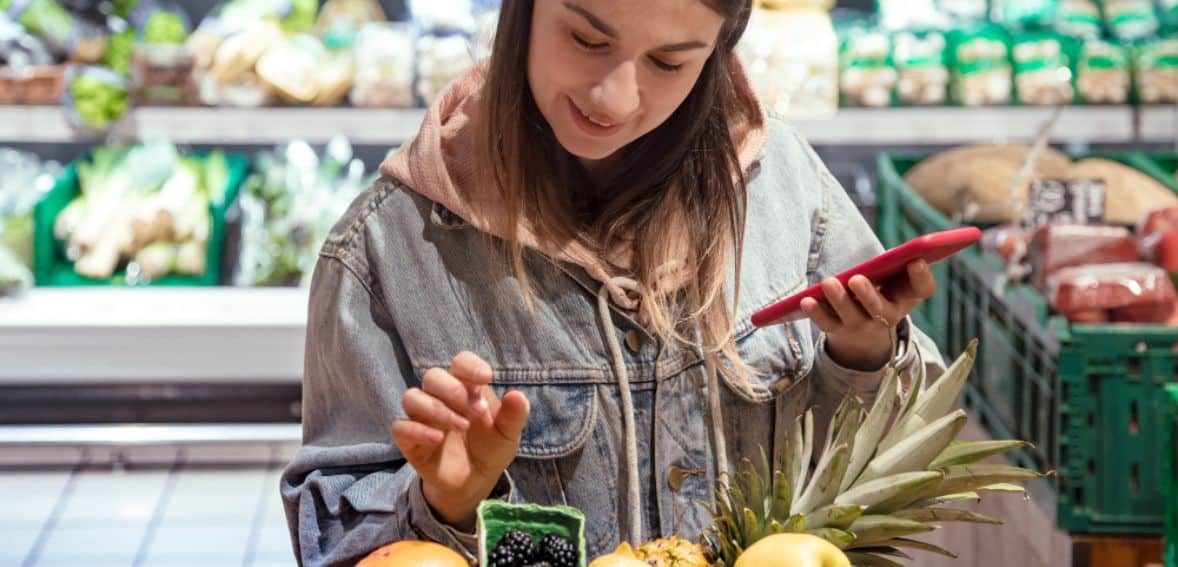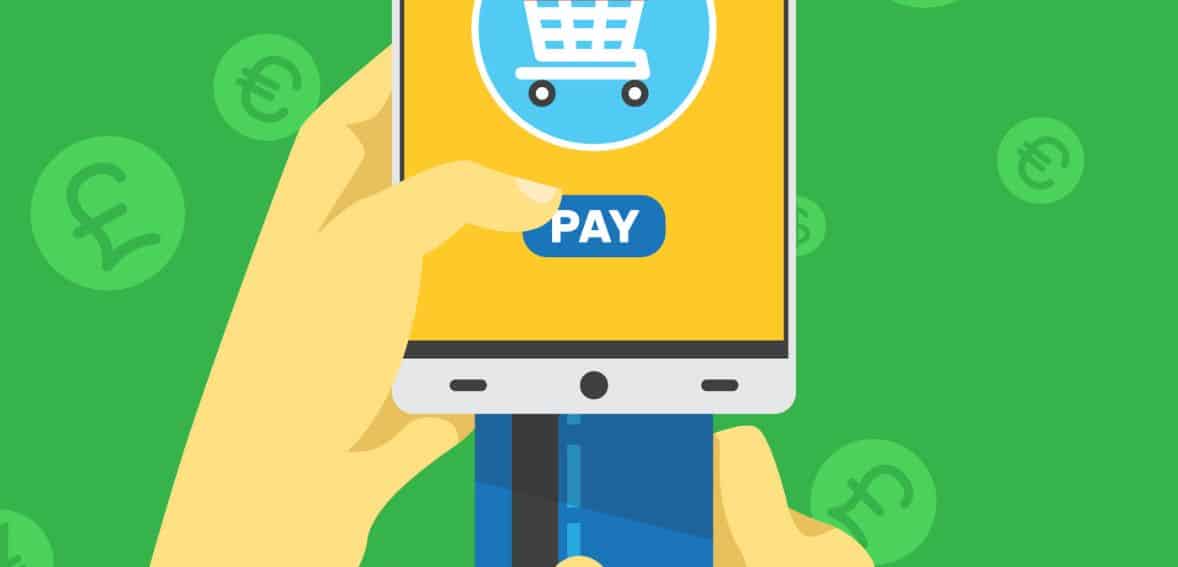
By Brenda Jackson June 26, 2025
Retailers can provide discounts or rewards for loyalty on EBT purchases, but only according to strict USDA regulations. All promotions should be offered only on SNAP-eligible foods such as fruits, vegetables, dairy products, and bread. You cannot provide offers for non-qualifying foods such as alcohol, pet food, or hot prepared meals. Some special discount programs, such as the Healthy Incentives Program (HIP) or GusNIP, can be permitted but are subject to federal approval. Treat EBT customers equally with other customers—no offers or special prices are allowed under SNAP regulations.
What Is EBT Payment?

EBT, or Electronic Benefit Transfer, is the way the U.S. government makes payments for food assistance programs, most commonly referred to these days as SNAP (Supplemental Nutrition Assistance Program).
Rather than paper food stamps disbursed many years ago, qualified recipients today are provided with a preloaded debit-type card. The card is used in the same manner as an ordinary payment card and may be utilized at authorized grocery chains, farmers’ markets, and other discount stores.
But what is also noteworthy is that EBT cards are spent only on predetermined, authorized food products—like fruits, vegetables, bread, dairy, and meats—but not on nonfood items or hot prepared meals. It’s a newer system meant to make it easier, quicker, and more secure for people and families in need to access their nutrition benefits.
Where Is EBT Processing Used?

EBT is mostly accepted at grocery stores, although in some states, it’s also used at farmers’ markets, bakeries, and even some fast-food restaurants under special programs.
While the stores themselves may differ between states, how you can spend your EBT is controlled uniformly across the country. SNAP benefits can only be spent on authorized food — produce, vegetables, dairy products, grains, and meat.
EBT is not approved to buy:
- Alcohol or tobacco products
Pet food - Household supplies or cleaning agents
- Vitamins or medication
- Hot prepared foods (most of the time)
If a buyer wishes to buy eligible and non-eligible items together, they will have to divide the purchase using an alternate form of payment for non-SNAP purchases.
Most SNAP recipients are aware of these limits, as improper use is punishable by severe fines. If you’re not sure what is acceptable, your state’s SNAP website has a comprehensive list of accepted items and participating merchants.
Can You Offer Discounts or Loyalty Points on EBT Purchases?

If you’re a retailer that accept EBT payments, you have to treat EBT cardholders the same way you would treat any other customer regarding discounts or loyalty rewards. That includes if you have a store-wide promotion, such as a “Buy One Get One Free” or loyalty points program, then EBT users should be on an equal footing to enjoy those benefits, as long as the promotion is on SNAP-eligible items.
But there is a definite boundary when it comes to what is eligible. Only SNAP-eligible items can be discounted—consider staple foods like fresh vegetables and fruits, dairy products, bread, and meat. Pet food, toiletries, liquor, or hot prepared meals don’t count, and you cannot provide promotions or coupons on them via EBT transactions.
There’s an exception: the USDA’s Healthy Incentive Programs (like HIP or GusNIP). These federally approved initiatives allow businesses to offer special perks—like cash-back or bonus produce—when EBT cardholders purchase healthy items. But these programs require approval, so you’ll need to go through the proper USDA channels to set one up.
In brief, yes, you may accept EBT users in your discount or loyalty programs—but only if the promotion is on eligible items and for all customers. If you’re not sure, it’s always best to double-check with your state’s SNAP agency or the USDA guidelines.
What's the Difference Between EBT, SNAP, Food Stamps, WIC, Cash Assistance, and TANF?

If government benefits seem a little confusing, you’re not alone. Several programs help families meet essential needs—and many of them use EBT cards to deliver funds. Here’s a quick breakdown to help make sense of it all:
- EBT (Electronic Benefits Transfer): EBT is the system used to deliver benefits. Think of it like a prepaid debit card. Whether you’re receiving food assistance or cash aid, it all goes through your EBT card.
- SNAP (Supplemental Nutrition Assistance Program): SNAP is what most people call “food stamps.” It assists low-income individuals and families with purchasing groceries. The benefits are placed on your EBT card but can be spent only on qualified food items.
- Food Stamps: This is merely the archaic name for SNAP. Although it still is commonly said as “food stamps,” the program has gone by the name of SNAP since the 1990s.
- Cash Assistance / TANF (Temporary Assistance for Needy Families): TANF is the most prevalent form of cash assistance. It offers monetary assistance to children’s families for necessities such as rent, utilities, diapers, or clothing. Cash assistance is also provided through EBT, but as a stand-alone balance from the SNAP benefits—typically marked as “Cash” or “EBT Cash.”
- WIC (Women, Infants, and Children Program): WIC is an entirely distinct program that is concerned with the health and nutrition of pregnant women, new mothers, infants, and young children under the age of 5. WIC has its own card (usually referred to as an eWIC card) and only provides benefits for certain foods, such as formula,
Tips for Maximizing Your EBT Benefits

Using EBT payment processing benefits are a lifesaver—but stretching them carefully can help you do even more with what you have. In addition to simply viewing your balance and protecting yourself from fraud, these are some savvy ways to stretch your benefits further:
1. Double Your Dollars on Fresh Produce
Several states have programs that allow you to double your EBT worth when purchasing fruits and vegetables. In participating farmers’ markets and grocery stores, $10 in SNAP can be converted to $20 in produce under programs such as Double Up Food Bucks or Market Match. It’s an excellent way of eating healthy without extra cost—check local listings and see what is available in your area.
2. Use SNAP to Start a Garden
SNAP isn’t just for store-bought food—you can also use your EBT card to buy seeds and food-producing plants. If you’ve got access to a yard, balcony, or even window boxes, starting a small garden can turn a few dollars in seeds into a steady supply of vegetables all season long. On average, every $1 spent on seeds can yield about $25 worth of homegrown food.
3. Maximize EBT-Associated Discounts
Your EBT card can unlock additional secret benefits. From Amazon Prime discounts to discounted membership at warehouse chains like Sam’s Club, businesses frequently provide discounts to EBT consumers. You might also be eligible for utility assistance through LIHEAP, which offers assistance on heating and cooling bills for qualifying low-income families.
4. Get Cultural Access at Lower Costs
SNAP recipients also have access to discounted or free entry at more than 1,000 museums, zoos, science centers, and others by participating in initiatives like Museums for All. Massachusetts even offers benefits by way of programs like Card to Culture, which enables EBT cardholders to visit cultural events and centers for low or no cost. Always inquire about whether a destination has EBT discounts before you go.
Conclusion
Providing discounts or rewards in the form of loyalty points for EBT transactions is a wonderful way to benefit low-income consumers—when done properly. By adhering to USDA regulations and keeping offers limited to SNAP-eligible products, stores can remain compliant and also reach customers. Joining approved programs such as HIP or GusNIP can additionally provide benefits for EBT customers. Just keep in mind that transparency, fairness, and compliance are the secrets to making these endeavors both effective and lawful.
FAQs
1. Can I provide loyalty points on EBT purchases?
Yes, but only for SNAP-eligible products. Points cannot be used on excluded items such as alcohol or household items.
2. Can discounts be applied to EBT customers?
Yes, provided that the discount is applied universally and only for SNAP-eligible foodstuffs.
3. Can I provide buy-one-get-one-free offers for EBT purchases?
Yes, BOGO promotions are permitted if both products qualify under SNAP standards.
4. What is the Healthy Incentives Program (HIP)?
The HIP is a nationally approved program that provides SNAP recipients with financial rewards (such as cashback) for buying fruits and vegetables.
5. Can EBT discounts be used for hot food or nonfood items?
No, SNAP benefits cannot be spent on hot foods, alcoholic beverages, pet food, or nonfood items—even at a discount.